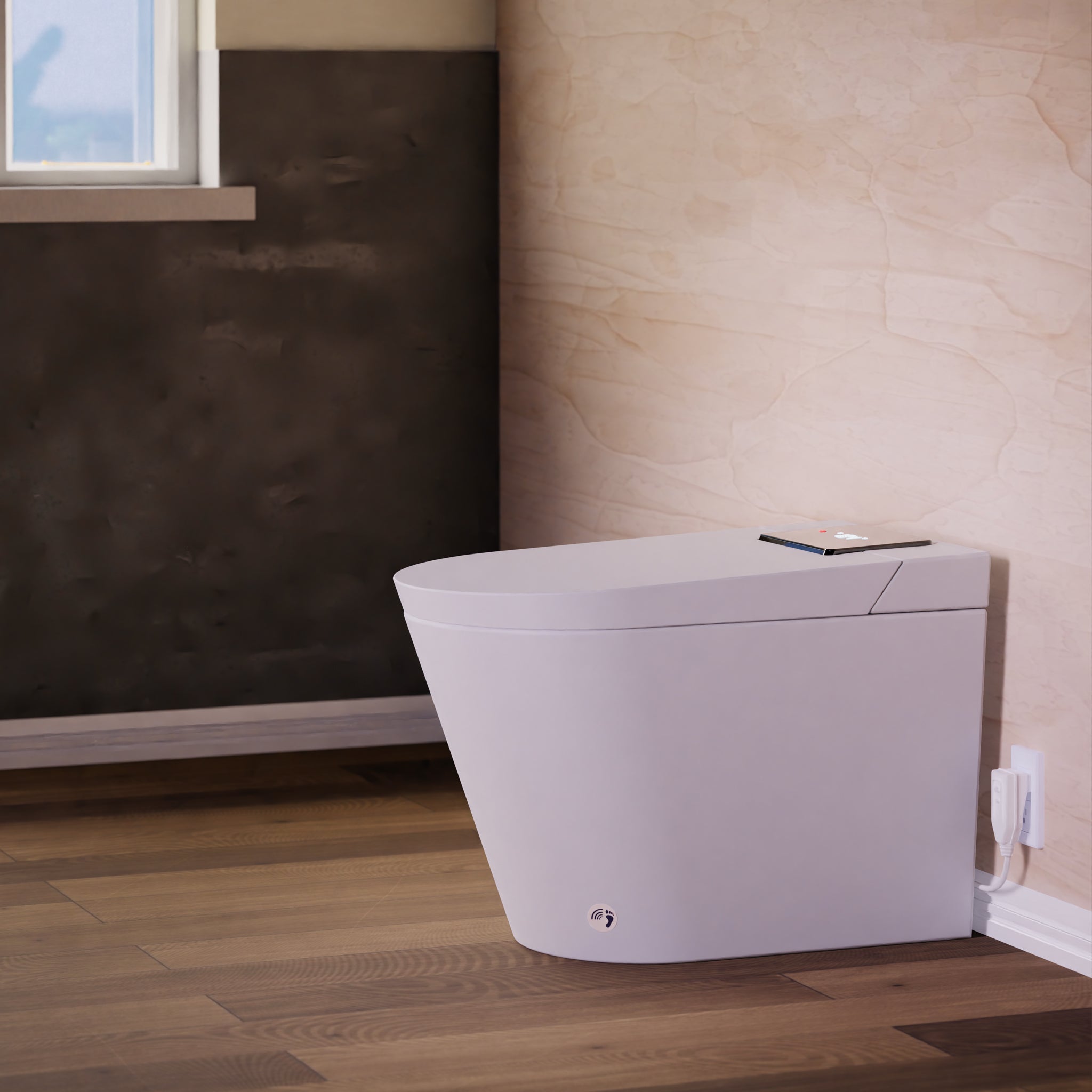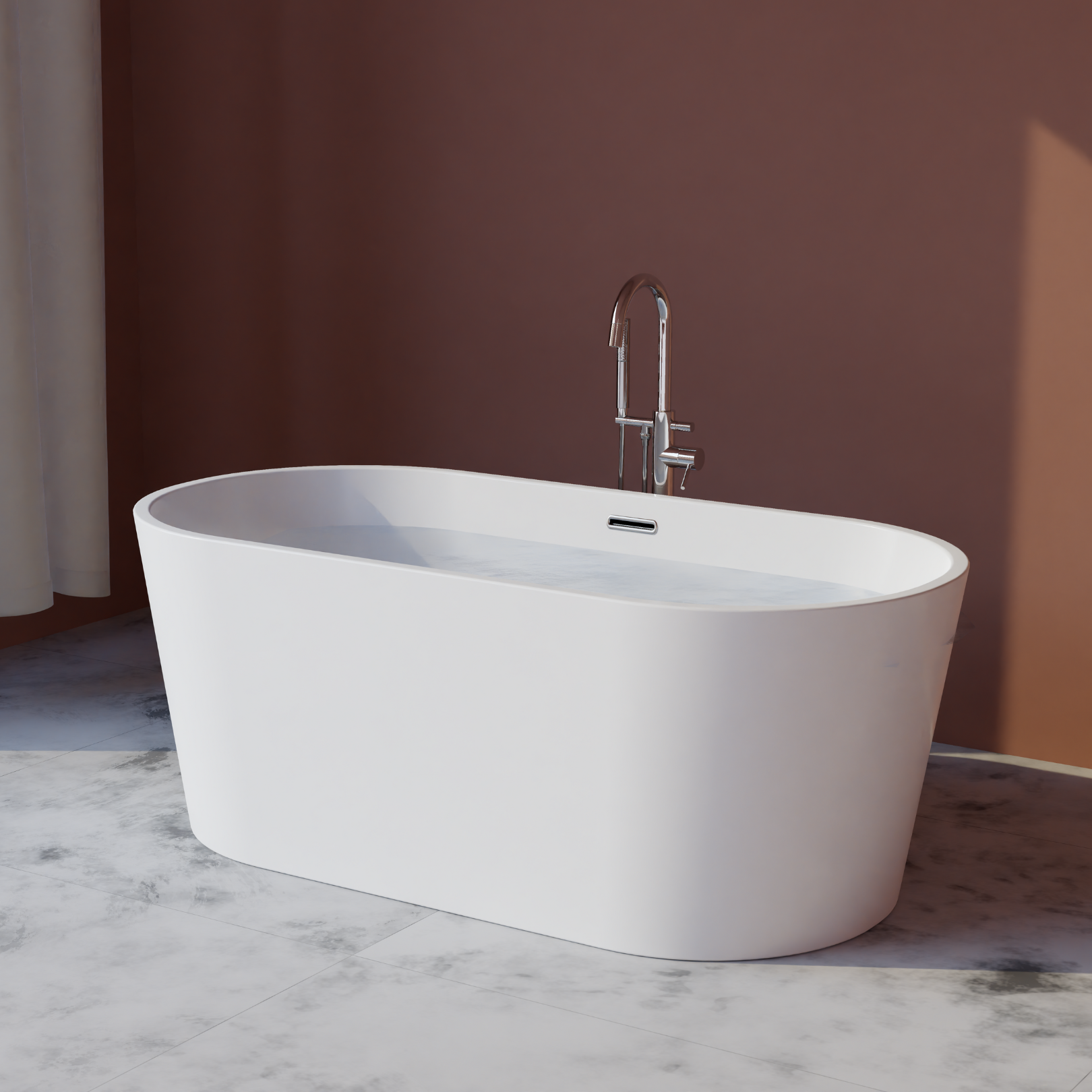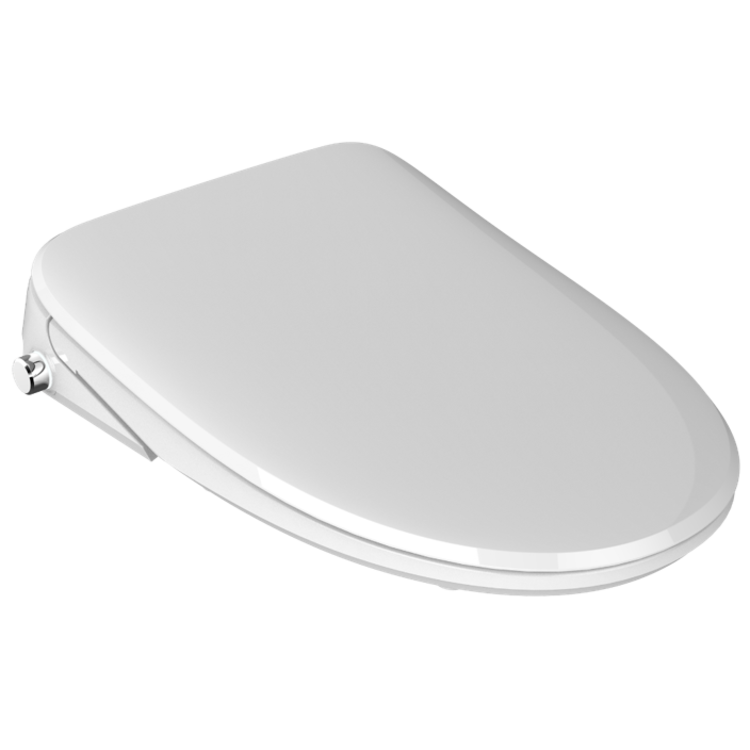How To Remodel A Bathroom
Remodeling a bathroom is a great way to bring a fresh look and feel to your home. Whether you choose an entirely new design or want to spruce up the existing decor, remodeling can be a great way to make your space more functional and attractive. You can make a bathroom that fits your style and budget with careful planning. From selecting the right materials to finding a reputable contractor, here is everything you need to know about remodeling a bathroom.

Planning
Before you start remodeling your bathroom, it is important to take the time to plan and research your project. Consider available space, budget, desired style, and necessary materials. You should also determine if this is a DIY project or if you need to hire a contractor. Also, consider potential obstacles that may come up during the process, such as plumbing or electrical issues. Once you have a clear plan, you can begin the remodeling process.
Choosing Materials and Finishes
Choose the materials for your bathroom remodel, and ensure they are water-resistant and durable enough to withstand moisture and frequent use. Popular options include tile, stone, ceramic, wood, and laminate flooring. Select a material that is easy to clean for countertops and won't stain easily. Common choices include granite, marble, quartz, or solid surface. Additionally, decide on wall finishes such as paint or wall coverings like wallpaper or paneling.
Remove Bathroom Fixtures
Assuming you're partially remodeling your bathroom, you must remove drywall and any fixtures you're replacing. Gutting the bathroom yourself is relatively easy. Follow steps such as turning off the water supply, disconnecting plumbing lines, and disposing of hazardous materials properly.
Install New Fixtures
After picking out your materials and removing the old fixtures, it's time to begin putting in the new ones. Keep an eye out for any indications of rotting wood or water damage on your subfloor, and to replace it if necessary. When deciding on the shape of your new tub, consider the other features of your bathroom. If you're interested in incorporating fixtures with different styles, consider installing a freestanding tub, a smart toilet, or a rain shower.
Lay Flooring
You can begin laying your new flooring after the fixture installation. While many people prefer tile for their bathroom, there are other materials to consider, such as vinyl or laminate, which are more budget-friendly and easy to install on your own. Use a mason's chalk line to create perpendicular reference lines to the wall with the longest continuous line if you choose tile. It will ensure that your tiles stay straight as you work through the room. Check out this resource for additional tips on lay bathroom floor tiles.
Hang Drywall and Start Painting
After installing the new fixtures and flooring, the next step is to hang the drywall. It can be quite challenging, especially when cutting the boards to fit around your shower walls, vanity, and other features. However, you can complete this process quickly with some patience and accurate measurements. Once you hang all the drywall, you can start painting. Choose your bathroom paint color carefully to match the other materials. Also, don't forget to prime before painting for better results.
Install Cabinets and Vanity
Start by installing the vanity, along with the sink and faucet. Once you've connected the faucet to the drain, move on to other important fixtures like the mirror, cabinets, and trim around the shower or tub. It's crucial to ensure you connect all the fixtures properly and firmly before moving forward to the next step.
Update Lighting
To complete the process, you should update your lighting and electrical fixtures. It can be done by configuring your electrical fixtures and installing new lighting. If you have purchased fixtures with different dimensions than you currently have, you may need to adjust the wiring and fill in any holes in the wall with a spackle. If your new vanity takes up more or less space than your previous one, you may need to relocate your power outlets. It's always better to prioritize your safety, so seeking help from an electrician for this step is highly recommended.
Hook Up the Plumbing
Finally, you can attach the plumbing lines for your new fixtures. It is usually the last step, ensuring all your connections are properly sealed before reinstalling the toilet. Make sure to use caulk around any pipes or connections to prevent leaks. Once everything is sealed up, you can reinstall the toilet and finish off your bathroom remodeling project.
Following these steps, you can successfully remodel a bathroom and create a beautiful and functional space.



